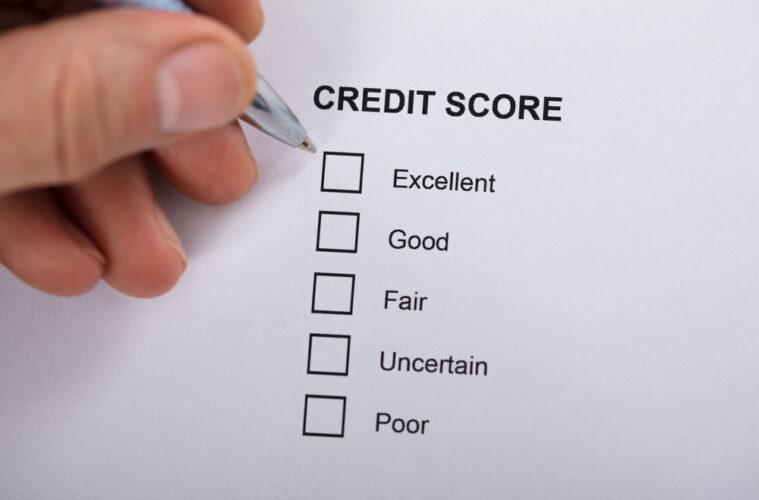In a picture-perfect world, we would all have the ultra-coveted, almost unheard of, 850 FICO credit score rating. But in reality, where most of us happen to reside—the place where unexpected expenses can pop up without a moment’s notice—is achieving this score even possible? Or necessary? Most experts agree that achieving a score of 760 will open up just as many financial doors as an 850. And don’t fret, a good credit score falls within the range of 670-739.
Credit Score Basics
Snagging a good to excellent credit score rating begins with understanding the fundamental pieces of what this number actually is. Scores are based on your debt payment information—think credit cards, auto loan history and home mortgages—and are reported to the three credit bureaus (Experian, Equifax and TransUnion) and can be monitored with a an app or site that uses a credit score API.
Credit Score Ranges
Ninety-percent of lenders utilize the FICO scoring model (as opposed to the VantageScore) to gauge your creditworthiness. Scores are generally broken down into these 5 categories:
- Poor 300-579
- Fair 580-669
- Good 670-739
- Very Good 740-799
- Exceptional 800-850
What do these numbers mean?
A high score, in the exceptional or very good range, will ensure you receive stellar credit offers, financial products and very low interest rates. Attain these scores and you’ll have access to the crème de la crème of credit cards and auto loan interest rates that are almost non-existent.
Borrowers brandishing scores in the good range will also be able to procure a very large number of credit cards and loans with ease. Their interest rates will usually be slightly higher than those with excellent scores, but still within reason.
Fair scores, despite the usual meaning of the word, will severely limit your access to favorable credit products. If you are in the fair category, you may still be able to obtain credit, but you’ll pay uncomfortably high interest rates.
In the poor category? Access to traditional credit lines, even those with sky-high expensive rates, may be impossible. Mortgages will be out of reach and you can easily expect to double the amount of an average auto loan payment.
How are Credit Scores Calculated?
Thankfully, it is not necessary to have a degree in finance or mathematics to comprehend how your score is determined. The FICO score is ascertained by computing 5 separate categories:
- Payment History (35%) – To no one’s surprise, your reputation for making on-time payments (usually no later than 30 days past the due date) makes up the largest portion of your score calculation.
- Credit Utilization (30%) – How much of your available credit have you used? If your credit cards all carry high balances or are maxed out, this piece can be detrimental to your overall score.
- Credit History Length (15%) – This measurement looks at how long your credit lines have been open. The longer, the better.
- Credit Mix (10%) – Here your types of credit are assessed. There are typically two options—revolving credit (various types of credit cards) vs. installment loans (mortgage loans, student loans, etc.)
- New Credit (10%) – Are you opening a ton of credit accounts all at once? Lenders generally don’t look at that type of credit behavior favorably.
By understanding how your score is calculated, you can maintain or improve your number as needed.
And there’s good news! The average American’s score stands at about 700. An altogether satisfactory rating and just 60 points away from a score that will lure even the most discerning of lenders. And, as you’ve read here, if your score happens to be in the neighborhood of fair to poor, you will always have the opportunity to improve this number and get your FICO credit rating where it should be.

